
Tech Diva Biz Talks
Ready to mix business with brains, tech, and just the right amount of side-eye? Then welcome to Tech Diva Biz Talks (formerly the Business Chop), the podcast where strategy slays, tech behaves (mostly), and your host, Audrey “Tech Diva” Wiggins, says what everyone else is thinking about marketing and entrepreneurship.
We’re spilling the tea on business blunders, brand glow-ups, digital do-overs, and how to stop ghosting your website. Interviews? Sometimes. Sass? Always. Tech working better for your business? That’s the goal.
Subscribe now to catch every episode and exclusive content.
Want to be a guest on Tech Diva Biz Talks? Send Audrey Wiggins a message on PodMatch, here: https://www.podmatch.com/hostdetailpreview/audreywiggins
#LetsTalkTech #Entrepreneurship #PublishedAndPaid #Authorpreneur #Storytelling #EntrepreneurLife #MarketingMoves #SuccessBlueprint #StartupHacks #KeepItLegal #ScaleYourBusiness #TechForBiz #SmartMoney #BrandingBoss #Innovation #HustleSmart #Mindset #DigitalMarketing #ExitStrategies #SuccessionPlanning #VisualStorytelling #TeamWork
The Tech Diva Biz Talks podcast is a production of Altogether Marketing LLC founded by Audrey Wiggins, Chief Brand Strategist aka Tech Diva. Visit https://altogether.biz for more information.
Tech Diva Biz Talks
Strike the Right Chord: Leading with Harmony, Emotion & Impact with Dr. Michael Brenner
🎧 Strike the Right Chord: Leadership Lessons in Harmony, Emotional Intelligence & Team Performance
In this episode of The Business Chop, Dr. Michael Brenner—CEO of Right Chord Leadership and professional saxophonist—joins Audrey to explore how music and leadership intersect. Drawing on over 35 years of musical experience and two decades in leadership development, Dr. Brenner introduces his signature CHORDS model, a powerful framework that helps leaders and teams improve communication, accountability, and collaboration.
Tune in as we discuss
🎵 How musical harmony mirrors effective teamwork
🧠 Why emotional intelligence is the true engine of high performance
🎷 The surprising parallels between jazz improvisation and agile leadership
🧩 How neuroscience can help leaders manage stress and improve decision-making
Whether you’re a seasoned executive or an emerging leader, this conversation will help you strike the right chord in your organization.
Visit: StrikeTheRightChord.com
Altogether Domains, Hosting and MoreBringing your business online - domain names, web design, branded email, security, hosting and more.
Looking for Podcast Guests?
Keep your podcast schedule full with quality guests from PodMatch.
Buzzsprout - Let's get your podcast launched!
Start for FREE
Designrr for eBooks, Blogs
Create eBooks, Blogs, Lead Magnets and more!
Riverside.fm Your Own Virtual Studio
Professional Virtual Studio
Digital Business Cards
Let's speed up your follow up. Get a digital business card.
Small Business Legal Services
Your Small Business Legal Plan can help with any business legal matter.
Mens and Womens Hats
Since 1972, American Hat Makers has been dedicated to the art of fine hat making.
Disclaimer: This post contains affiliate links. If you make a purchase, I may receive a commission at no extra cost to you.
Want to be a guest on Tech Diva Biz Talks? Send Audrey Wiggins a message on PodMatch, here: podmatch.com/hostdetailpreview/audreywiggins
To work with Audrey schedule a breakthrough/discovery session.
[00:00:00 - 00:01:43]
Welcome to the business Chop. Where challenges, success, rewards, and solutions to entrepreneurship collide. Let's chop it up. Hello, chop squad. I'm excited to be with you as usual, and I'm always excited for our guests. And our guest today is Dr. Michael Brenner. He's the founder and CEO of Right Chord Leadership, which seamlessly blends his extensive experience as an international leadership consultant and professional musician to inspire and educate leaders and teams. With over two decades in leadership consulting and over 35 years in music, Michael's unique approach grounded in the belief that when people work in harmony, great things happen. Now we're going to learn a little bit more about Dr. Brenner.
On the other side of this message, knock out your competition with All Together marketing. We elevate your brand. Take a stance with your business name, logo, the tagline, your colors, even the fonts for your business. And then jab left with your website. Jab right with core values, back up with product experience, and bring it on with you. Visit Altogether Biz and let us help you create a knockout brand.
Welcome back, everyone. Through his chorus model, everything is related here to music. He has partnered with top organizations to enhance employee engagement, reduce turnover, and foster inclusive environments, demonstrating the profound connection between musical harmony and effective leadership. Dr. Michael Brenner, welcome to the Business Chop.
[00:01:43 - 00:01:47]
Thank you, Audrey. It is a pleasure to be with you today. Thanks for inviting me.
[00:01:47 - 00:01:55]
Yes, absolutely. Now, before we get started and delve into all that technical stuff here, want to share with us two fun facts?
[00:01:55 - 00:02:42]
Yeah. Two fun facts. So I play. I don't know how many instruments, maybe eight instruments. Not. Not all of them as well as. As the others, but yeah, I started off on clarinet when I was a kid, and then I pivoted to saxophone when I discovered jazz in seventh grade. And honestly, I'll tell you a little secret. If you can play one sax, you can pretty much get around on all of them. So I play alto sax. Yeah. Alto sax, tenor sax, prano sax, baritone sax, flute, harmonica, Irish tin whistle, and probably a few others that I'm missing. So that's. That's one kind of fun fact. Yeah. Another one is that I've played in the same band now for 30 years. So we. We started in 1995, and we are celebrating our 30th anniversary this year.
[00:02:42 - 00:02:56]
Congratulations. That's. That's awesome. Yeah, I love hearing that. You think I can, as a senior citizen, I can pick up the sax now and. And start playing? I love that instrument. I play piano, but I've always loved that. Saxophone. It's just something about that.
[00:02:57 - 00:03:14]
Yeah, absolutely. I don't care if you're, you know, five or. Or. Or 100. You can. You can pick up the saxophone. The saxophone, I think, is a comparatively easier instrument to play perhaps than say, a violin or a harp or. I'm not saying it's, you know, totally simple to play.
[00:03:14 - 00:03:15]
Right, right.
[00:03:15 - 00:03:26]
But it's a little easier than some of the others. And it's a wonderfully versatile and flexible instrument, which is what I love about it. You can play R and B, funky, jazz, rock, country, you name even classical.
[00:03:26 - 00:03:45]
Oh, wow, that's awesome. All right, well, thanks for sharing that fun fact with us. You know, the music that's always exciting to hear, things like that, that these real rounded. And of course, that correlates relates to your expertise in your and your business as well. And. Yeah, and I wanted to share real quick, Sadhguru, because I don't want to forget this. You have a new book coming out.
[00:03:46 - 00:04:38]
I do. It's called Strike the Right the Emerging Leader's Guide to Exceptional Performance. And it is a culmination of my 25 years of experience in this field of learning and development, professional development. Leadership development goes by so many different names, but basically it's my work with leaders and managers and teams at organizations, both for profit, not for profit, and really learning along the way what it takes to be an exceptional leader or an exceptional team or exceptional organization. And I've tried to capture that in. In the model that you mentioned in the introduction called the chords model, which is something I developed a few years ago. And we can get a little bit into that. But yeah, very excited. It's been many, many years in the making. And it's finally. It's actually got a copy of it right here, so.
[00:04:38 - 00:04:39]
All right.
[00:04:39 - 00:04:41]
Very excited about it.
[00:04:41 - 00:05:07]
Yes. Yes. Definitely. Have to get a big old congratulation here. Oh, my goodness. Yes, you are welcome. So then actually the first question kind of talks the model. Your chords model. So your blend of leadership science with the art of music, through your chords model, can you share how this framework helps leaders and teams work in harmony and what makes it different from traditional leadership models?
[00:05:07 - 00:07:31]
Yeah, great question. So the name of my company, Right Chord Leadership, came from the phrase to strike the right chord, which is a phrase that many of us are familiar. Familiar with. And as a musician, since I was a kid, I've often thought about, how does a musician or a performer strike the right chord with his or her audience? When you think about all the musicians that I love, you Know, James Brown and Miles Davis and Prince, you know, like some of the most iconic musicians in history. So how do they strike the right chord with an audience? Well, they perform in a way that moves an audience, that inspires an audience, that touches an audience. Right. These are the musicians that sort of transcend time and have become, you know, some of the most iconic figures in music. And then I thought about, well, what does it mean then to strike the right chord in a. In an organizational context, how would a leader strike the right chord? Well, he or she would kind of do the same thing as the musician. They would inspire their people. They would move their people in profound ways. They would motivate their people to give their best every day. They would create the kind of workplace where people feel heard and valued and embraced, respected and appreciated. So I thought, gee, well, there's something there to this strike the right chord thing. So that's how the name came about. Right Chord Leadership. And then I came up with the chords model, which consists of six notes, if you will, each corresponding to a letter in the word chords. And the premise, Audrey, is that when leaders and teams play the six notes of the chords model, they're going to experience a great deal of success. So the C is for communication, the H is for harmony. The O is for ownership or for accountability. Not necessarily owning the company, but exhibiting a sense of accountability for one's actions. The R is for respect, the D for direction, and the S for support. And so it ties into the, obviously the musical metaphors that make up the heart of the brand, but it's also a roadmap for leaders and managers and teams. And they can ask themselves, are we playing the right notes? Are we playing the right chords to get us high level of performance and to make sure that we are serving our clients to the best of our ability. So it's a nice borrowing, I suppose, from the world of music that also can be applied to the world of teams and organizations. And it's online with my brand, obviously.
[00:07:31 - 00:07:44]
With over 35 years in music and more than 2 decades in your leadership development, how has your experience as a professional saxophonist and getting back to that, shaped your approach to communication and collaboration in the workplace?
[00:07:44 - 00:09:52]
My experience as a musician has informed my entire practice, or a lot of my practice, in terms of how do you get along with people who may be a little different than you? You know, different personalities. Personalities and temperaments and agendas and preferences. Right. And I always say, like, being in a band is a trial by fire, you know, because you have a Product, right? You have a product that you have to generate at the end of the day, which is a musical performance that touches people and moves people. And yet sometimes you're not on the same page, so to speak, with your fellow musicians. So you have to come up with ways to deal with people who have different thinking than you or feel differently about things than you. And it's immediately applicable to the workplace. We have to often work with people who are very different from us, who have different agendas or personalities or temperaments or what have you. I write in the book about how we can use our differences not as wedges that drive us apart, but as connectors that pull us closer together. Of course, that takes a fair amount of emotional intelligence. It takes a fair amount of social awareness and empathy to be able to work collaboratively and cooperatively with people who are different from us. But it certainly can be done. Of course, the best teams and bands and orchestras in history have been reflections of people who may be very different, but are coming together around a common mission, a common cause, which is to play great music and have the audience enjoy themselves. So I pull a lot from the world of music and my experience working with many different bands and many different personalities and apply that to the world of organizations, especially my experience in jazz bands. Because jazz being such a unique art form, largely improvisational art form, it totally changes what it means to kind of be a leader or what it means to communicate in a jazz band. It's a different animal than, say, an orchestra. And so there are a lot of profound lessons that we can take from, from the world of jazz specifically, and music more generally.
[00:09:52 - 00:10:41]
Get your brim on. Since 1972, American hat makers has been dedicated to the art of fine hat making. Their diverse selection caters to outdoor adventurers, style conscious individuals and hat enthusiasts just like me. With a focus on meticulous detail and quality materials. I love wearing their hats. Embrace your own spirit of adventure and individuality. Visit Bit Ly Hats Now. Bit Ly Hats Now. Or use our affiliate link in the show notes to view their vast selection of men's and women's styles.
We have worked with top organizations to boost their employee engagement and create inclusive environments. So what role does emotional intelligence? You kind of, you know, alluded to that in your last answer. Or even the music sensitivity. Musical sensitivity play in building a high performing, inclusive team.
[00:10:41 - 00:12:56]
Yeah. So emotional intelligence is a group of, of of skills that have everything to do with how well we manage our own emotions and those of others. And, you know, we could spend all afternoon talking about the specific skills. Right. But it basically comes down to 4. Self awareness, self management, social awareness, and relationship management. So how aware are we of our own emotions? Are we able to manage them constructively, particularly when we're under stress or pressure? How empathic are we with others in terms of trying to understand their perspective, their point of view? And how adept are we at building strong, trusting relationships? And everything else kind of falls under that. So I think emotional intelligence is at the heart of any high performing team or organization. The manner in which, and to your point. Point, Audrey. I often refer to the skills or competencies that make up emotional intelligence as the chords we play. So just as I can play a chord on a piano, I think of the chords we play as the way that we show up at work, the way we carry ourselves, the way we comport ourselves, the quality of our interactions and conversations with others are collectively the chords we play. And so when our emotional intelligence is operating at a high level, we find ourselves being able to forge strong relationships. People trust us. Our communication is effective and precise. And when the chords we play are perhaps a little out of tune, if you will, then that stuff tends to suffer. We're not as adept at communication. We have trust issues. Factions start to form, cliques start to form, and then we experience some level of dysfunction. So I think emotional intelligence is absolutely the heart of the matter. And then everything sort of flows from there. And I often ask my clients, you know, what chords are you playing and are you willing to consider playing different chords to get different results? And that really forms the heart of the work that I do and the various programs that I deliver that concept. Yeah, that idea.
[00:12:56 - 00:13:05]
We didn't say this in your, in your intro, but you recently completed a certificate in neuroscience of leadership from mit. How are you integrating. Congratulations, by the way.
[00:13:05 - 00:13:06]
Oh, thanks.
[00:13:07 - 00:13:16]
Yeah. How are you integrating brain science with your leadership strategies? And what's one surprising insight that you've learned that leaders should know?
[00:13:16 - 00:13:40]
Yeah, so that, that was an interesting course and that was all about brain chemistry and, and, and how our brains function under stress. And it was, it was a great class. I'm. Doesn't make me a neuroscientist, you know, or a brain surgeon for sure, but it did give me some insight into the inner workings of, of this amazing organ between our ears here.
[00:13:40 - 00:13:40]
Yeah.
[00:13:41 - 00:15:17]
So, so, you know, I do pull from that experience in that course. Most folks that, that are my clients know, you know, a little bit about how the brain works at work, but not too much. So I Try to keep it fairly, fairly simple. I think I probably pull from that course most when I'm talking about the emotional intelligence competency of self management, which is staying calm under pressure and responding in a healthy, constructive way to when things maybe go off the rails a little bit or when things don't go well. And I talk about the amygdala, which is a part of our brain that responds when we are feeling threatened or we are feeling stressed. The fact that we tend to feel before we think, we have this circuitry, which means that oftentimes, especially when we are feeling a high degree of stress, we might say something or do something in the heat of the moment that a few minutes later we may regret saying or doing. When we calm down and the dust settles, we may think to ourselves, gee, maybe I shouldn't have said that, or maybe I shouldn't have done that. But in the moment, we were being compelled and driven by our emotional brains, our amygdalas, which often leads us down paths which we go, oh, boy, that shouldn't have done that. Right. I think we've, we've all been there before. That is a fairly simple reference to brain anatomy, you know, that people understand.
[00:15:17 - 00:15:18]
Yes.
[00:15:18 - 00:16:04]
Without getting too deep into it. And so what we need to do, obviously, is find ways to lower the temperature of our amygdala so that we can. We can engage our thinking brains where we can think rationally, we can think logically, we can. We can pause and think through the implications of our actions and not feel that our amygdalas are taking us in directions that may not serve us. So that is a very quick and brief example of how I incorporate what I learned from that course. When I'm talking about how to stay calm under pressure, how to manage our negative emotions constructively, and we've all lost our temper or said something really dumb at one time or another. And so everybody can sort of identify with that example. Yeah.
[00:16:04 - 00:16:11]
Awesome. Thank you. Mike, how can we get in touch with you, your, your website or. So we can go a little deeper, you know, with what you're. You're doing there. Strike the right chord.
[00:16:11 - 00:17:12]
Yeah. So would certainly invite people to take a look at my website, which is rightchordleadership.com chord with an H, like a musical chord, not C O R, D, which is like a rope. You know, I get that a lot. Right. I couldn't find you, Mike. I said, well, what. What spelling of chord did you use? That's usually the biggest problem. So rightcord, C H o r d rightcordleadership.com they can check out the book on Amazon. It's. It's available now for purchase for anyone who's interested in that. That again. The book is called Strike the Right Chord. And I'm on LinkedIn, so I'd love. I love connecting with people. I'd love to connect with your listeners. They can look me up on LinkedIn. It's actually Michael Y. Brenner because my middle name starts with. Yeah, there are other Michael Brenner's on LinkedIn. So it was an easy. It was an easy way to distinguish myself, Audrey, from the other Michael Brenner's. Just adding that unusual middle initial. Right?
[00:17:12 - 00:17:13]
Exactly. Exactly.
[00:17:13 - 00:17:14]
Yeah. Yeah.
[00:17:14 - 00:17:16]
That's the only thing that separates me from my niece.
[00:17:17 - 00:17:18]
There you go. Right.
[00:17:18 - 00:17:20]
Except for her young good looks.
[00:17:20 - 00:17:25]
Yeah. Well, you're. You're very striking yourself. So thank you.
[00:17:25 - 00:17:26]
Thank you.
[00:17:26 - 00:17:53]
Yes, absolutely. So, yeah, I encourage. I love talking to people who are doing interesting work. That's why I was delighted to connect with you today. I love your podcast and you have a very interesting background that I was reading about. And so anybody who's just doing interesting work in the area of teams or leadership or management or emotional intelligence or music or anything affiliated to what we talked about today, please feel, feel free to reach out. I'd love to talk to you just to have a conversation.
[00:17:53 - 00:17:58]
Yeah, yeah, yeah. Okay. Well, really appreciate that and thanks for coming on today.
[00:17:58 - 00:19:04]
I'll close with one of my favorite quotes from Dwight Eisenhower, of all people, the former President of the United States back in the 50s, and he said, you don't lead by hitting people over the head. That's assault, not leadership. And so I just, I love sort of the cheeky nature of that quote, and I think it's true. You don't lead by hitting people over the head. That is indeed assault. That is not leadership. Leadership requires us to be a little bit more empathic. Listen actively, we don't have to agree with everything that people say, but I do think that if we follow the six notes of the courts model and we show respect and we support one another and we create a workplace, whether we're leaders or not, necessarily in positions of formal authority, I think we all can contribute to creating the kind of workplace where we want to work, which is one where people feel valued, appreciated and respected, and we can all contribute toward achieving that goal, whether we are in formal positions of leadership or not.
[00:19:04 - 00:19:12]
Absolutely. Thank you so much. The Chop Squad definitely take heed. Hit us website. Hit on blackberries website and strike the right chord together.
[00:19:12 - 00:19:16]
Thank you, Mike. Thank you, Audrey.
[00:19:16 - 00:19:18]
You are so welcome. Well, I'll see you next time.
[00:19:18 - 00:19:18]
Bye.
[00:19:18 - 00:19:19]
Bye.
[00:19:19 - 00:19:21]
Sounds good. Take care. Bye now.
Podcasts we love
Check out these other fine podcasts recommended by us, not an algorithm.

Podcasting Made Simple
Alex Sanfilippo, PodMatch.com
It's Not Just Talking with Vince Quinn
SBX Productions, Vince Quinn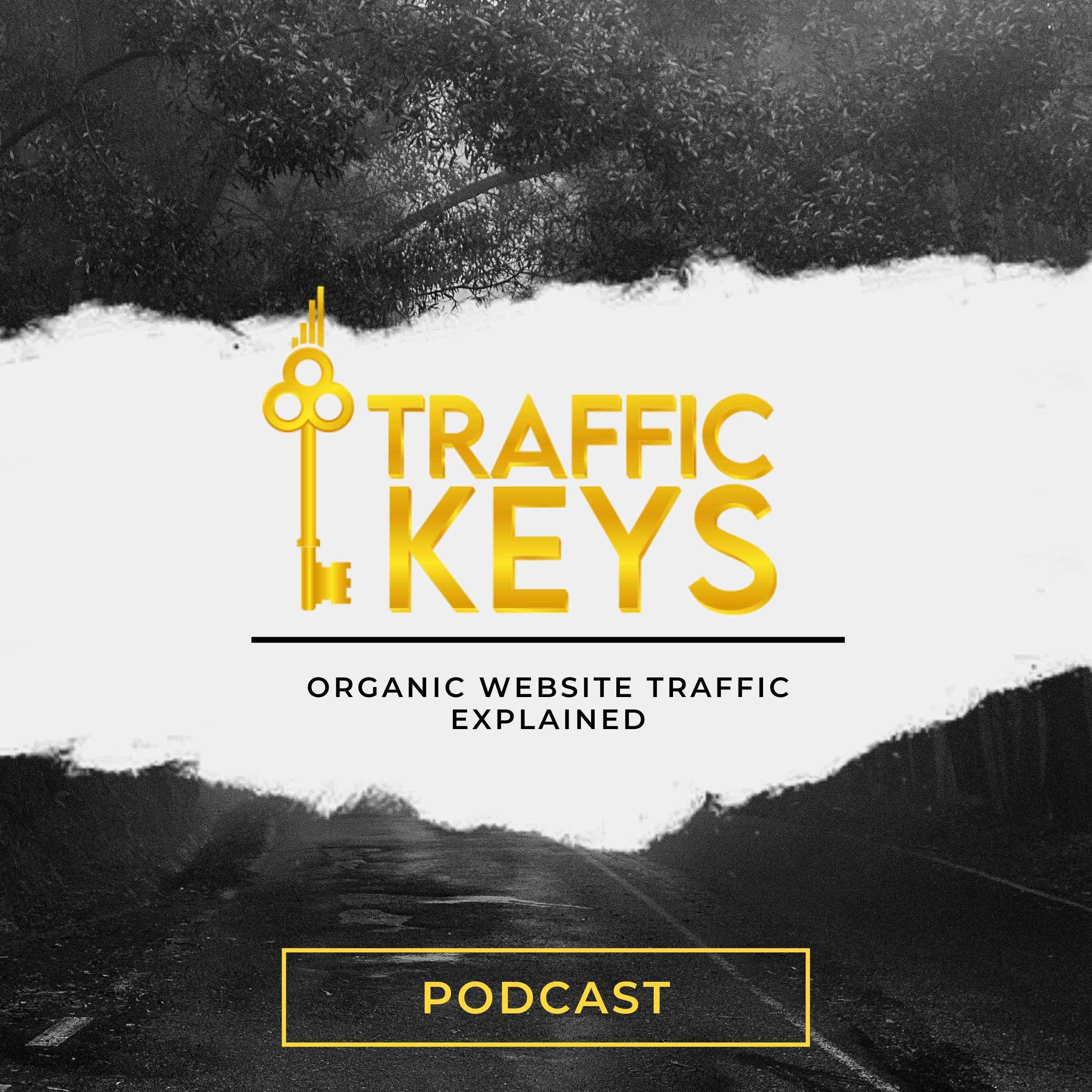
Traffic Keys Podcast
Atiba de Souza
I Have A Podcast by Vinnie Potestivo
Vinnie Potestivo
Entrepreneurs on Fire
John Lee Dumas of EOFire
Imperfect Marketing
Kendra Corman
Raise the Script with Nutrigenomics
Dr. Tamar Lawful, PharmD, APh, CNGS
After Hours Entrepreneur with Mark Savant
Mark Savant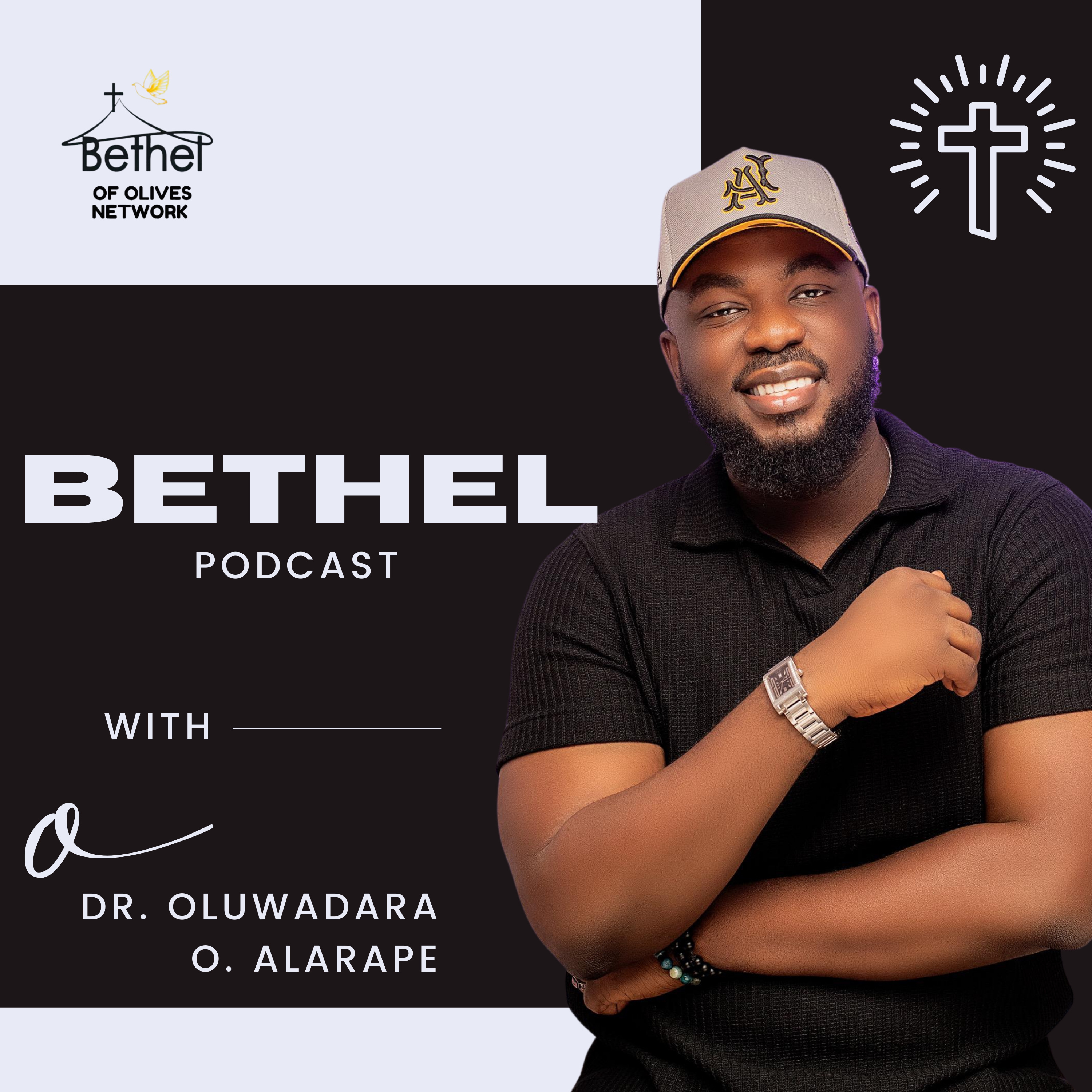
BETHEL
Dr. Oluwadara Alarape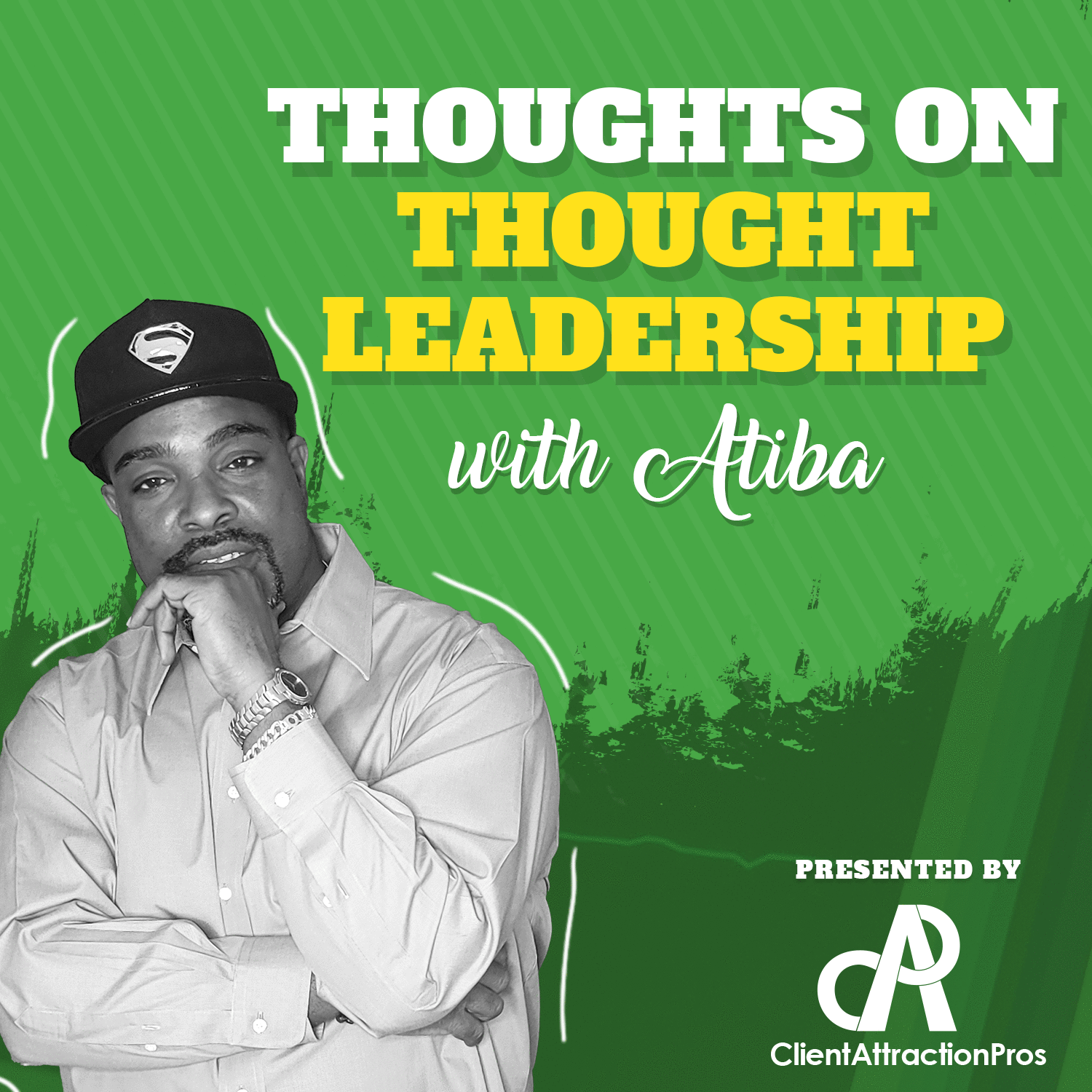
Thoughts on Thought Leadership with Atiba
Atiba de Souza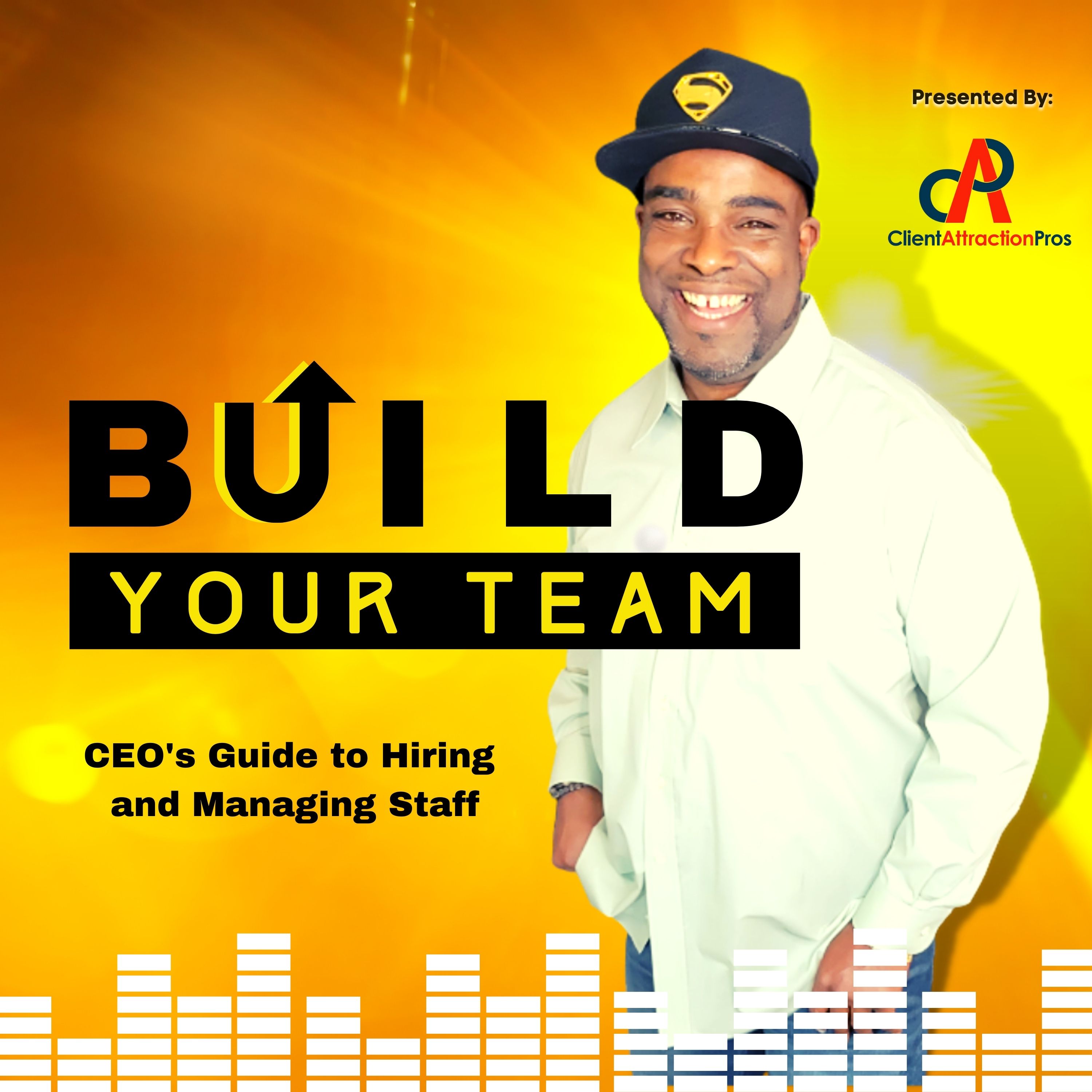
Build Your Team
Atiba de Souza
Inspirations for Your Life
John C. Morley, Serial Entreprener
Marketing in the Age of AI
Emanuel Rose
Creativity in Focus - Audio Only
Shahar Boyayan
Make Something Happen with Audrey Wiggins
Audrey Wiggins
The UnNoticed Entrepreneur
Jim James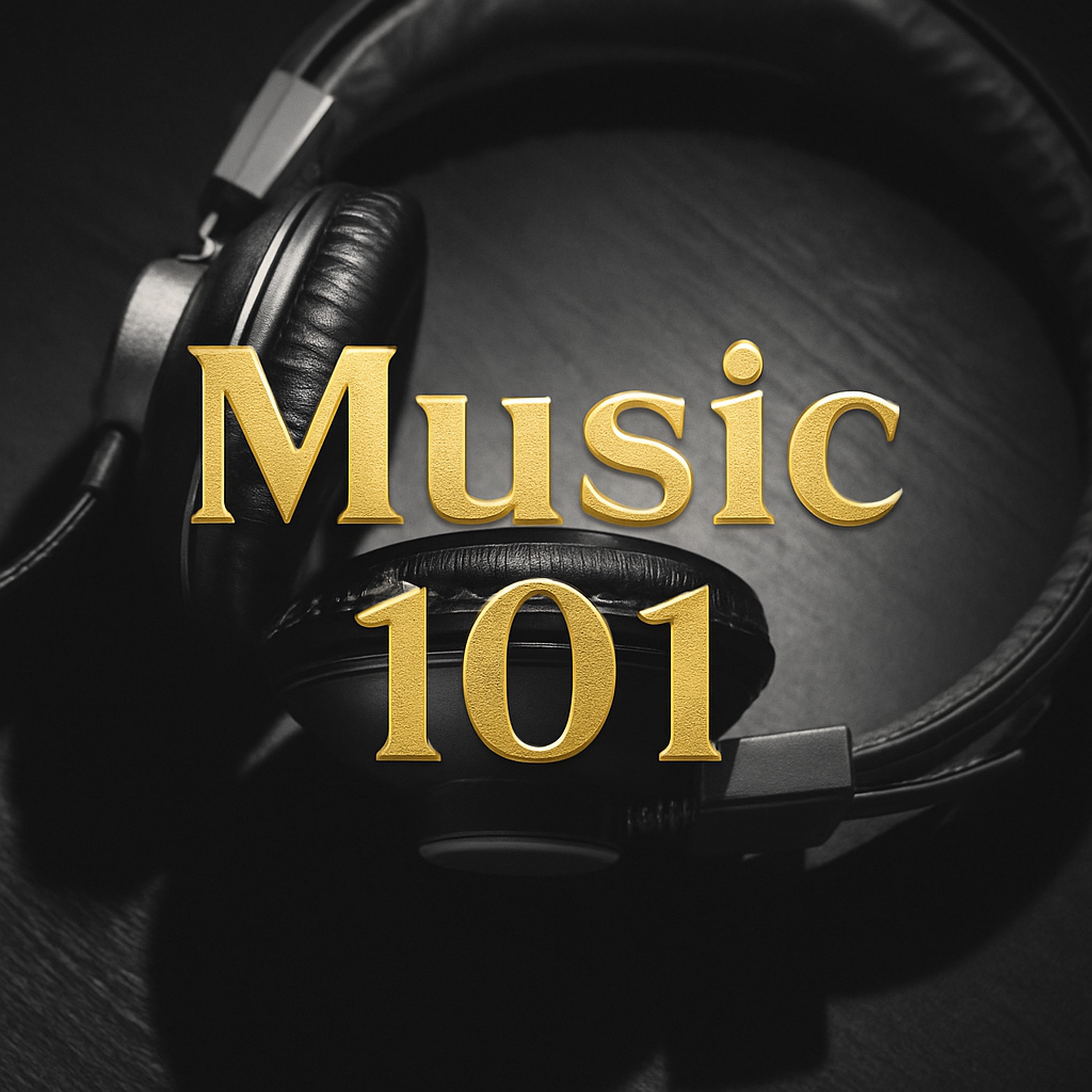
Music 101
Daniel Lucas / G.Mick Smith
Abstract Poetry
Daniel Lucas
Food 101
Daniel Lucas/Alessandro Panattoni
Abstract Essay
Daniel Lucas /Sal Cosenza
#iesgaherrera28d28sonidos
daniel lucas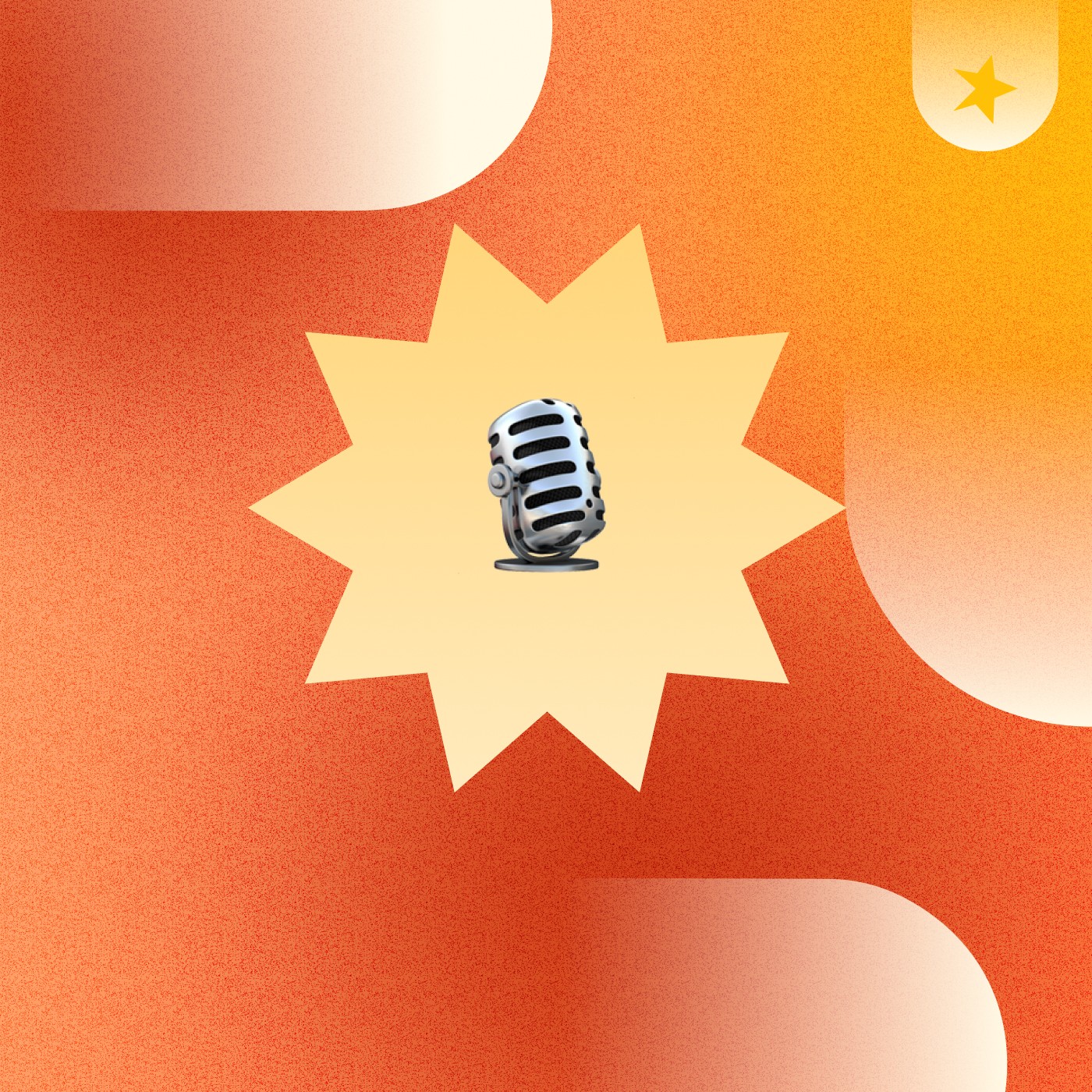
El podcast de Lucas Daniel Porra
Lucas Daniel PorraDaily Dose of Dave Podcast
Dave Valentine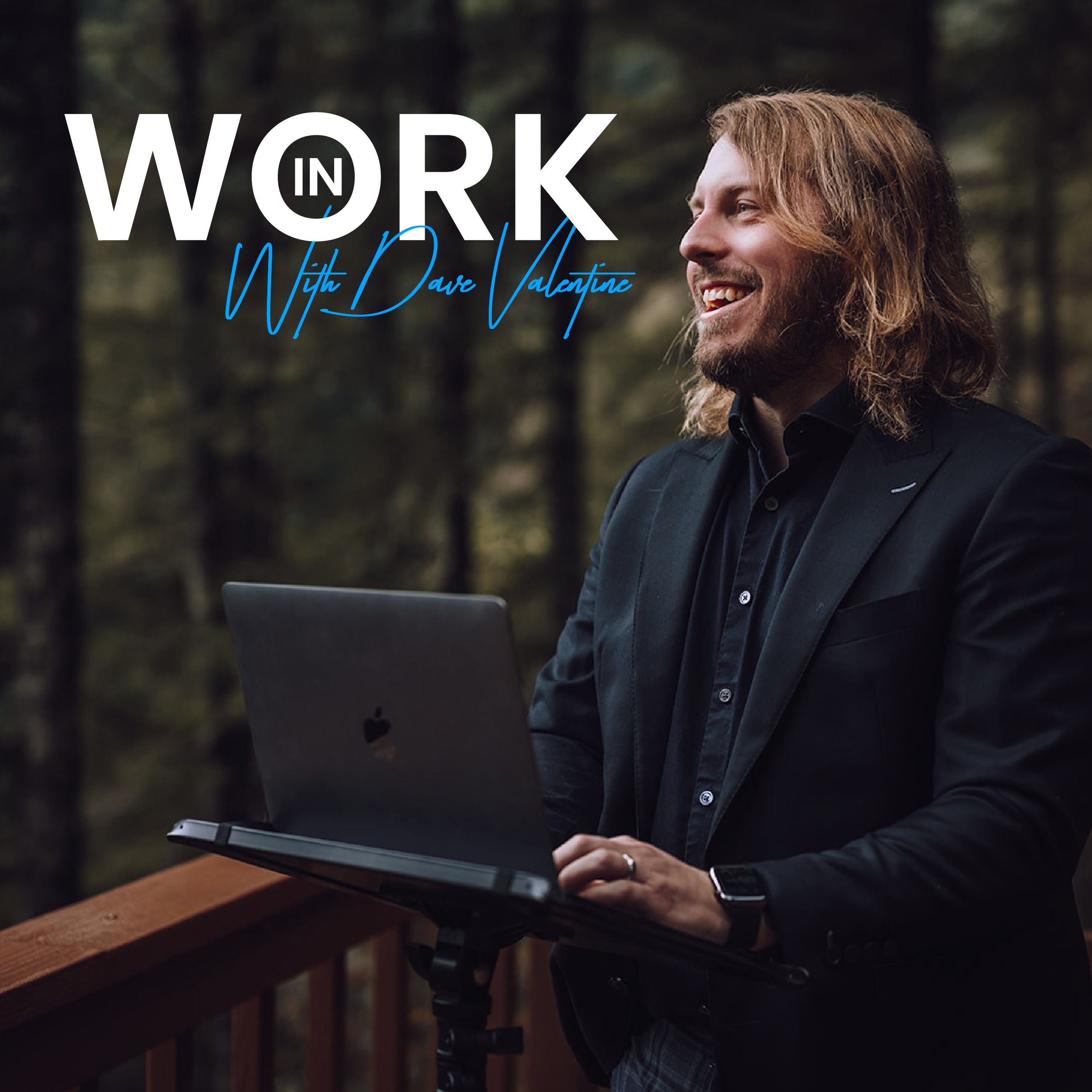
InWork Podcast with Dave Valentine
Dave Valentine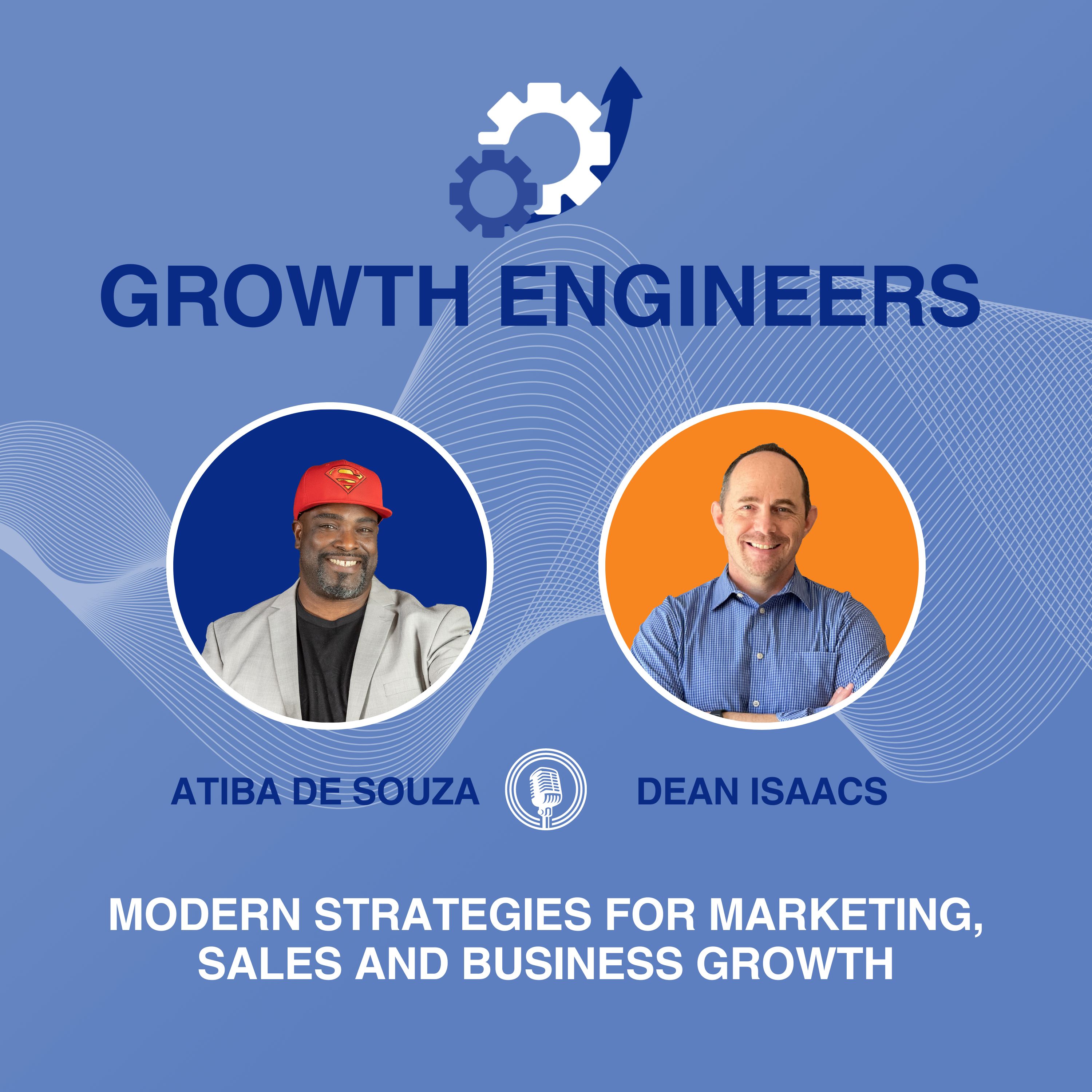
Growth Engineers
Atiba de Souza and Dean Issacs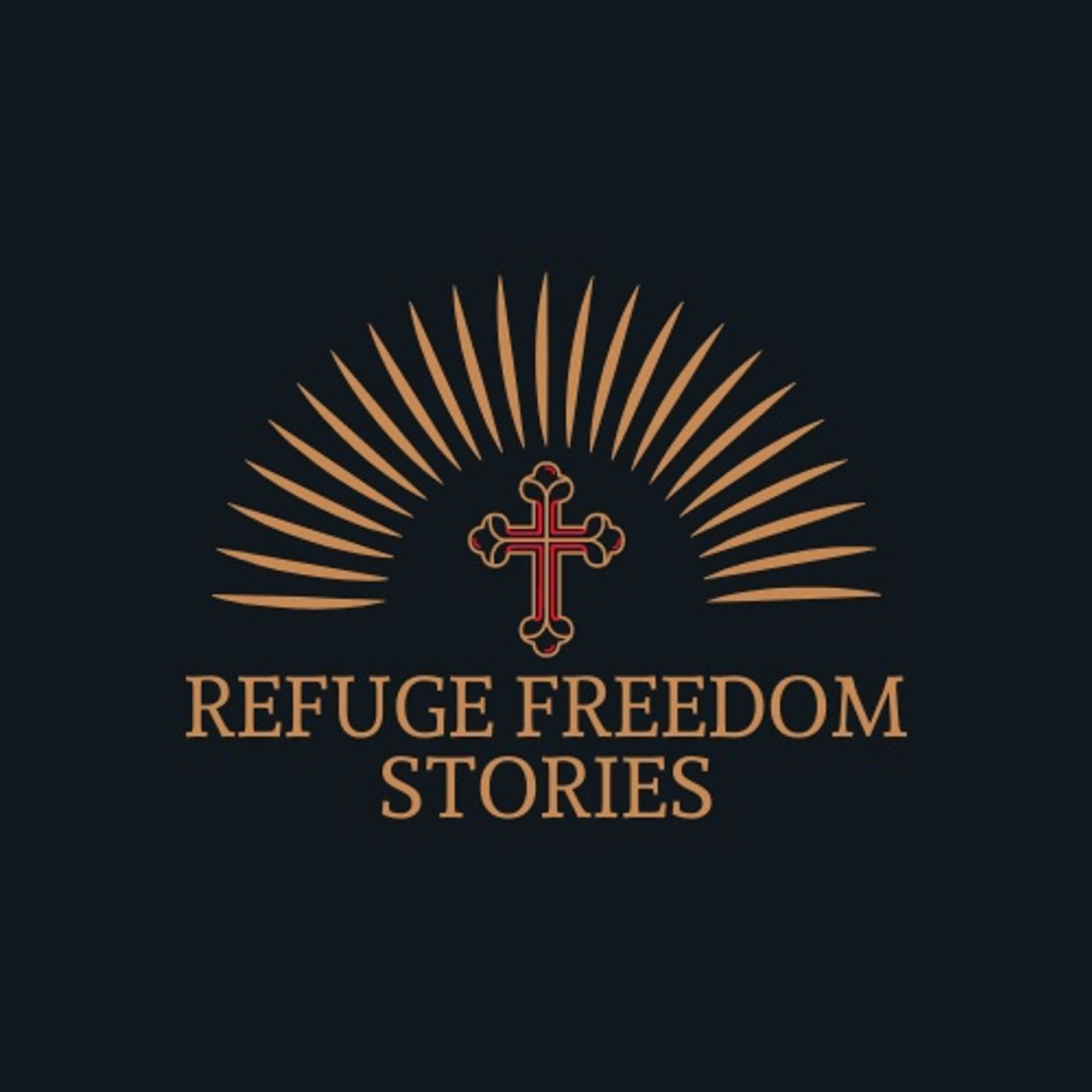
Refuge Freedom Stories
Jonnie Taverner

